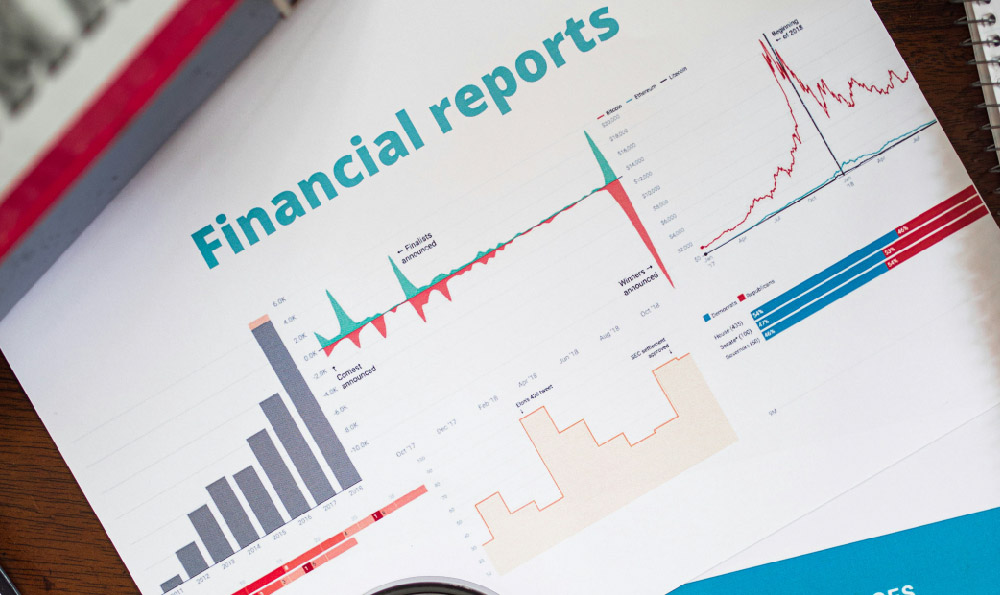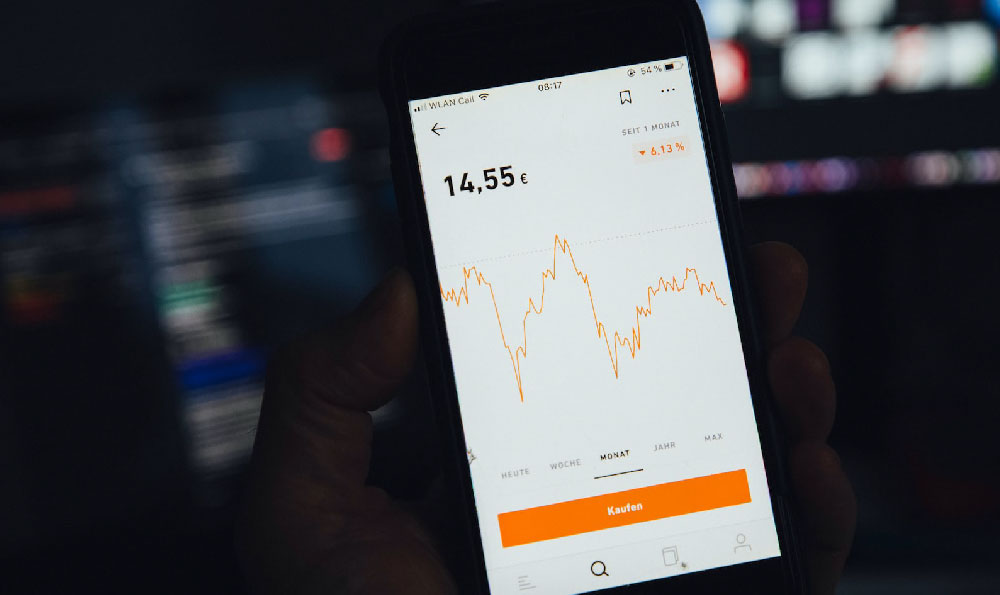In the dynamic and often volatile world of virtual currency investments, the ability to generate profit hinges on a combination of strategic foresight, technical acumen, and a deep understanding of market behavior. Unlike traditional financial markets, the virtual currency arena operates under unique conditions, where factors such as technological innovation, regulatory shifts, and macroeconomic trends can rapidly alter the landscape. Producers—whether they are entrepreneurs, investors, or traders—must navigate this complexity with precision, leveraging both data-driven analysis and instinctual judgment to secure gains. The key lies not in chasing short-term fluctuations, but in cultivating a long-term mindset that aligns with the intrinsic value of digital assets.
Understanding the fundamentals of virtual currency markets is the first step toward sustainable profitability. At its core, the value of any cryptocurrency is derived from its utility, scarcity, and the trust generated by its community. Producers who analyze these elements closely can identify projects with strong foundational architecture, such as Bitcoin’s proof-of-work consensus or Ethereum’s smart contract capabilities. For instance, the adoption of decentralized finance (DeFi) protocols has allowed investors to earn interest through liquidity provision, while the integration of non-fungible tokens (NFTs) has opened new avenues for capital appreciation. By staying informed about technological advancements and their potential impact on mainstream adoption, producers can anticipate future value growth and position themselves accordingly.
Profitability also requires a nuanced grasp of technical indicators, which serve as tools to decode market sentiment and price movements. Metrics like moving averages, relative strength index (RSI), and volume analysis offer insights into trends and momentum. A skilled producer might monitor the 50-day and 200-day moving average crossover, a classic signal for bullish or bearish markets, to time their entries and exits. Similarly, analyzing the RSI can help identify overbought or oversold conditions, enabling profit-taking during peaks or buying opportunities during troughs. However, it is crucial to remember that technical analysis is not infallible; it should be combined with fundamental research to form a holistic view of the market.

Diversification remains a cornerstone of risk management in virtual currency investments. Just as traditional portfolios benefit from spreading risk across assets, producers in this space must allocate their capital wisely to mitigate exposure to single assets or sectors. A balanced approach might include holding a mix of established cryptocurrencies like Bitcoin and Ethereum, alongside emerging projects with innovative use cases. For example, investing in blockchain-based platforms that solve real-world problems—such as supply chain transparency or cross-border payments—can reduce the risk associated with speculative bubbles. Additionally, incorporating stablecoins or fiat-backed assets into a portfolio provides a safety net during periods of market uncertainty.
Beyond capital allocation, producers must also focus on the psychological aspects of investing. The virtual currency market is notorious for its emotional rollercoaster, with rapid price swings often leading to impulsive decisions. A disciplined approach involves setting clear goals, maintaining emotional detachment, and adhering to a predefined strategy. For instance, a producer might adopt a dollar-cost averaging technique, investing a fixed amount regularly regardless of price fluctuations, to avoid the pitfalls of timing the market. Moreover, staying patient and avoiding the temptation to trade frequently can prevent the erosion of profits due to transaction costs and market noise.
Another critical factor is the ability to adapt to regulatory changes, which can significantly influence the profitability of virtual currency investments. Governments around the world are increasingly scrutinizing the sector, with policies ranging from outright bans to supportive frameworks. A forward-thinking producer will monitor regulatory developments closely, ensuring compliance while seizing opportunities in emerging markets. For example, the recognition of Bitcoin as legal tender in El Salvador or the introduction of spot ETFs for Bitcoin in the United States has created new investment pathways. By anticipating regulatory shifts and adjusting their strategies accordingly, producers can stay ahead of the curve.
In addition to the above, profitability in virtual currency investment is also tied to the ability to identify undervalued assets and market inefficiencies. This often involves thorough research into projects with strong fundamentals but limited market awareness. For example, a producer might invest in a promising blockchain project with a robust development team and a clear roadmap, even if its price is currently underperforming. The key is to recognize the long-term potential of such assets and hold them through the inevitable short-term volatility. Similarly, leveraging decentralized exchanges (DEXs) or yield farming platforms can provide additional income streams, though these opportunities come with their own set of risks that must be carefully managed.
Ultimately, the most successful producers in the virtual currency space are those who combine analytical rigor with strategic patience. They understand that profit is not always linear and that setbacks are part of the journey. By focusing on value creation, maintaining discipline, and continuously adapting to new challenges, producers can build resilient investment portfolios that withstand market fluctuations. In an industry where information is power, the ability to stay informed, think critically, and act decisively can make all the difference between losing and gaining in the long run.












